By Mayra E Alvarez, MHA; President, The Children’s Partnership and Paul Glassman, DDS, MA, MBA; Professor of Dental Practice; Director, Community Oral Health; Director, Pacific Center for Special Care; University of the Pacific, Arthur A. Dugoni School of Dentistry
During This Children’s Dental Health Month, Let’s Do Something Different!
Every year during National Children’s Dental Health Month, one message comes out loud and clear: take your child to the dentist. But what if the dental team could come to your child at school or his or her early learning center? That’s the idea behind the Virtual Dental Home (VDH). The VDH harnesses technology, a diverse workforce, and policy to bring preventive dental care to children where they learn and play.
The Children’s Partnership and Pacific Center for Special Care at the University of the Pacific School of Dentistry partnered to develop, From Pilot to Systems Change: Integrating the Virtual Dental Home into California’s System of Oral Health Care for Children , to outline how the VDH has transformed how oral health care can be delivered to children in community sites. The brief also provides recommendations for how we can sustain this innovative model in order to ensure more children get the oral health services they need to live healthy.
Dental disease is the number one chronic disease among children, harming children’s health, ability to learn and thrive in school, and overall wellbeing. Yet, families face a myriad of hurdles to getting the care their children need most. From a lack of affordable transportation to the inability to take time off of work to the lack of Medi-Cal providers—especially those who can meet cultural and linguistic needs of families—oral health care is simply out of reach for too many children in California.
And certain children fare worse. Children of color and poor children experience greater instances of dental disease than their white, more affluent counterparts. Children with special health care needs—especially those in low-income families—also suffer from dental disease and a lack of access to care at greater rates.
However, as health information technology has evolved, we now have the tools to address these barriers by bringing high-quality dental care to children in community settings. In the VDH model, specially-trained dental hygienists and assistants facilitate oral health care directly at the community site. The dental hygienist or assistant collects information about the child’s oral health and uploads the complete digital records — including photos and X-rays — to a secure web server. A collaborating dentist then makes a diagnosis, from his or her clinic or office, and develops a treatment plan. Often, care can be provided immediately at the community site. For more advanced treatment needs, an appointment or a referral to a dentist can be made on the spot.
Since 2010, the VDH has proven to be valuable, safe, cost-effective, and well-liked by consumers. In an evaluation of the VDH, nearly 3,500 individuals were seen through close to 8,000 visits in 50 community sites across 13 regions in California. The overwhelming majority of the patients were children. Since then, philanthropy and the state and federal government have invested in getting VDH sites off the ground throughout California. However, much of this funding will be coming to an end in the next couple of years, and without continued support from our decision-makers, the program will not be able to be truly integrated into California’s system of oral health care.
From Pilot to Systems Change: Integrating the Virtual Dental Home into California’s System of Oral Health Care for Children outlines several ways in which policymakers can provide ongoing support for the VDH, such as supporting policies to ensure safety-net clinics—the greatest oral health provider of the VDH—can be paid appropriately. The brief also recommends policymakers identify financial and policy mechanisms to sustain best practices associated with the VDH, such as paying for care coordination and equipment and providing training and technical assistance to clinics and other oral health care providers and community sites.
Supporting the VDH means we can ensure children continue to benefit from advances in technology and more children across the state can get the dental care they desperately need. As we reflect on this National Children’s Dental Health Month, let’s get behind a solution that brings care to children where they are, and in doing so, works to advance children’s oral health equity in California.
